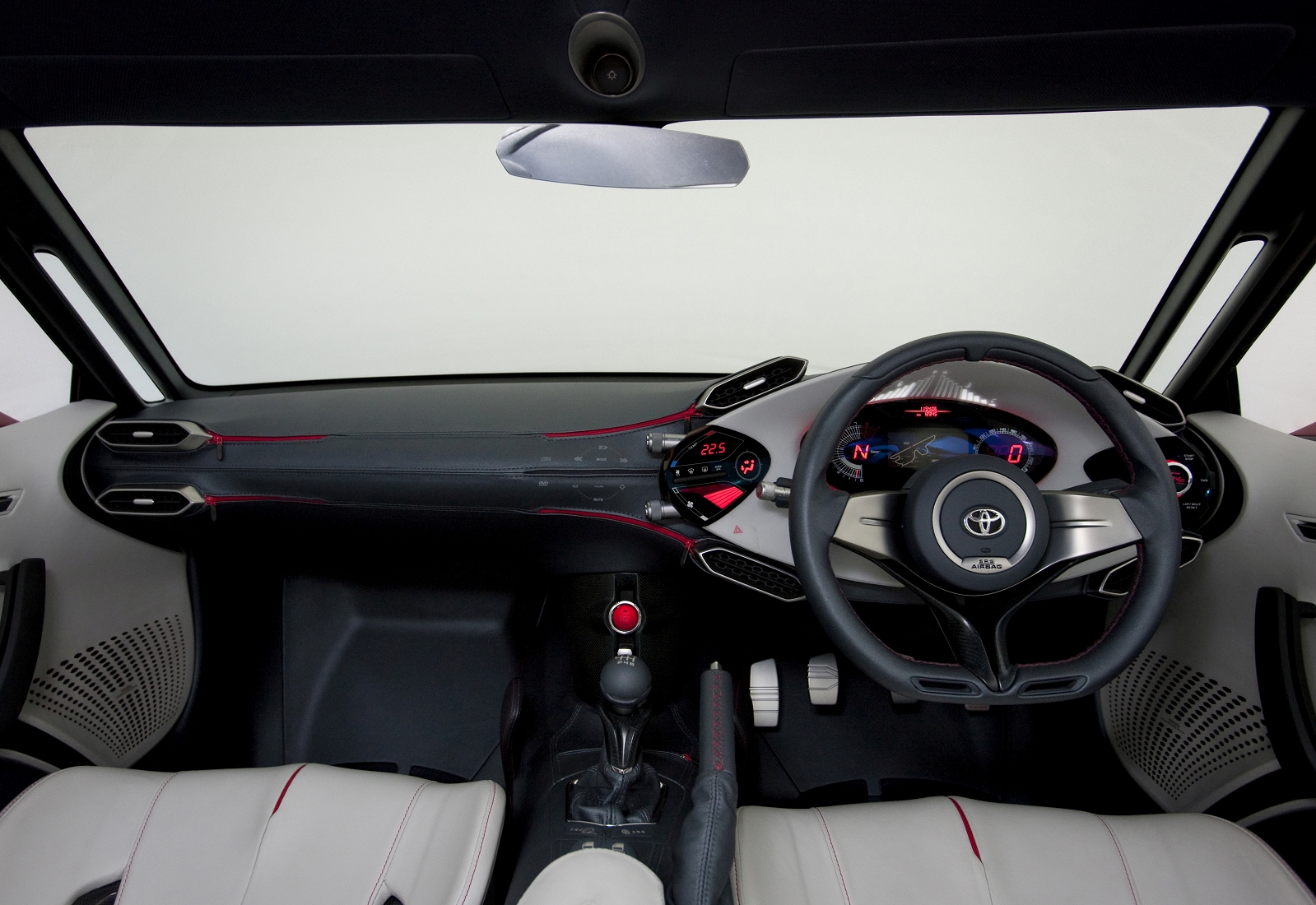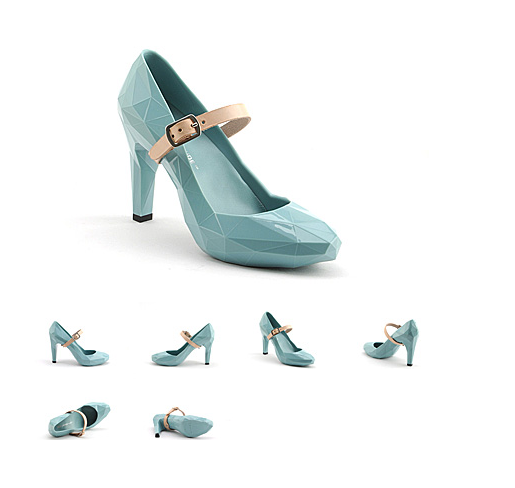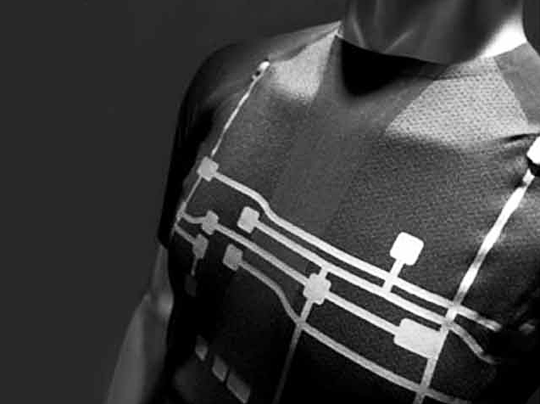[gallery] I love these playful and simple cushion controls created by Didier Hilhorst and Nicholas Zambetti at Droog Design a few years ago. The project consists of different cushions each with its own function: one for the channels, one for the power, one for the volume and so on. The project aims to transform the fights over “who has the remote” into playful cushion fights. Like most of Droog's work, the project is conceptually strong as they change our perspective on the core interaction by re-imagining it and turning it into play.
Continue reading on didierandnicholas.com and droog.com. Images from didierandnicholas.com.


